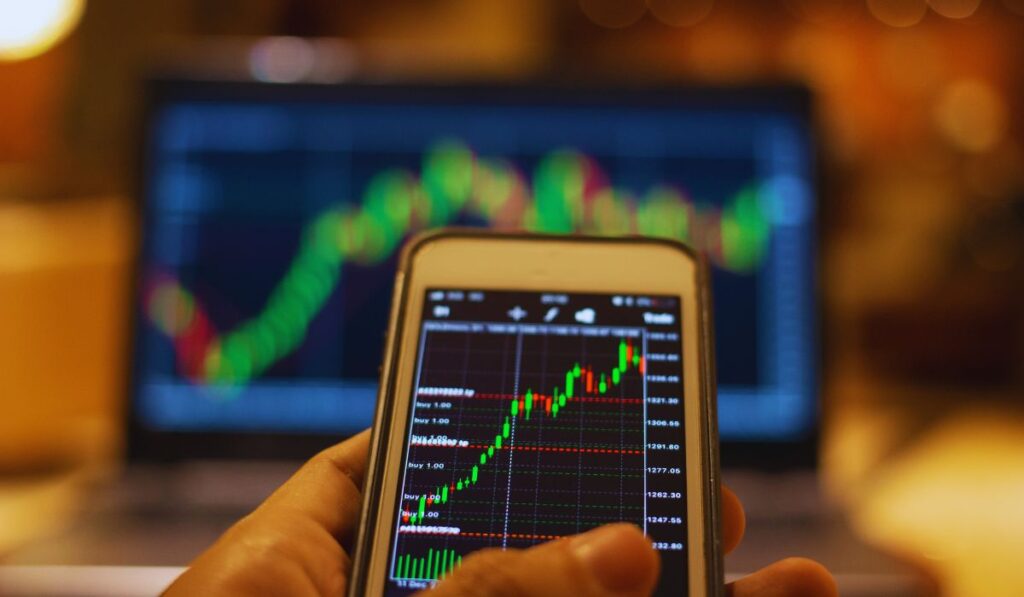The global financial landscape has seen a steady rise in interest surrounding forex trading, and it’s not hard to see why. With markets open 24 hours a day and the potential to trade from anywhere in the world, forex trading is now accessible to anyone with an internet connection. However, before diving in, understanding the basics is essential—especially for those just starting out. This guide to forex trading for beginners simplifies the core concepts, tools, and strategies needed to help new traders make informed decisions from the start.

Understanding Forex Trading
Forex, or foreign exchange, refers to the global marketplace where currencies are traded. It’s the largest and most liquid market in the world, with an average daily trading volume exceeding $6 trillion. Forex trading for beginners involves the simultaneous buying of one currency and selling of another, typically in pairs such as EUR/USD or GBP/JPY.
This market operates over-the-counter (OTC), meaning trades are conducted directly between participants, usually through electronic trading platforms or brokers.
Why Forex Trading Appeals to Beginners
One of the reasons why forex trading for beginners has become so popular is because of its accessibility. Here are a few key attractions:
- Low Initial Investment: Many brokers offer micro-accounts, allowing you to start trading with as little as $100.
- High Liquidity: The ability to quickly enter or exit positions due to the massive trading volume.
- Flexible Trading Hours: The forex market runs 24 hours a day during weekdays, making it easier for people with full-time jobs to trade in their spare time.
- Leverage Opportunities: While leverage can increase potential returns, beginners must understand it also amplifies risk.
Essential Concepts for New Traders
Getting started with forex trading for beginners means grasping a few foundational terms and ideas:
1. Currency Pairs
Currency pairs are quoted in relation to one another. The base currency comes first, followed by the quote currency. For example, in the pair EUR/USD:
- EUR is the base currency
- USD is the quote currency
If the pair is trading at 1.1200, it means 1 EUR is equal to 1.12 USD.
2. Bid and Ask Price
- Bid: The price at which a broker is willing to buy the base currency.
- Ask: The price at which a broker will sell the base currency.
The difference between these two is called the spread, which is essentially a cost to the trader.
3. Pips
Pip stands for “percentage in point” and is the smallest unit of price movement. In most pairs, a pip is 0.0001.
4. Leverage and Margin
Leverage allows you to control a larger position with a smaller amount of money. While this can multiply gains, it can also lead to substantial losses if not used cautiously.
Steps to Start Forex Trading
Here is a structured approach tailored for those new to the currency market:
Step 1: Choose a Reliable Broker
Begin by selecting a broker that offers a user-friendly trading platform, clear terms, and is regulated by a financial authority. Security of funds and transparent pricing are top priorities.
Step 2: Open a Demo Account
Practice trading without any financial risk. A demo account simulates real trading conditions and helps beginners familiarize themselves with the market.
Step 3: Learn to Read Charts
Most traders rely on charts to analyze price movements. Learn how to interpret candlestick patterns, trend lines, and key technical indicators like Moving Averages, RSI, and MACD.
Step 4: Start with a Simple Strategy
Avoid overcomplicating things in the beginning. A basic trend-following strategy or breakout approach is ideal for new traders.
Step 5: Use Risk Management Tools
Never risk more than 1-2% of your trading capital on a single trade. Implement stop-loss and take-profit orders to protect your account from large swings.
Avoiding Common Pitfalls
Many newcomers to forex trading for beginners fall into traps that can be avoided with the right mindset and education:
- Overtrading: Trading too often without a solid plan usually leads to losses.
- Ignoring Risk Management: Not setting stop-losses or over-leveraging can blow your account.
- Following Hype: Avoid jumping into trades based on social media or news buzz without proper analysis.
Psychological Discipline in Trading
Forex trading is not just a test of strategy but of mental strength. Emotions like fear, greed, and impatience can cloud judgment. Staying calm, sticking to your plan, and maintaining discipline are crucial traits for success in the long run.
Learning Resources and Tools
To enhance your knowledge, utilize the following:
- Economic Calendars: Stay updated on major economic events that influence currency prices.
- Forex Forums and Blogs: Engage with the community to learn from others’ experiences.
- Educational Platforms: Many brokers and platforms like joinx offer free webinars, guides, and courses that make forex trading for beginners easier to grasp.
Final Thoughts
Starting your journey in forex trading for beginners doesn’t have to be overwhelming. With the right tools, consistent practice, and a solid understanding of the market basics, anyone can build a path toward becoming a confident trader. While profits are never guaranteed, a cautious, informed, and disciplined approach will always give you an edge.
If you’re ready to explore the dynamic world of currency trading, start small, stay focused, and use platforms like joinx that provide a supportive learning environment.